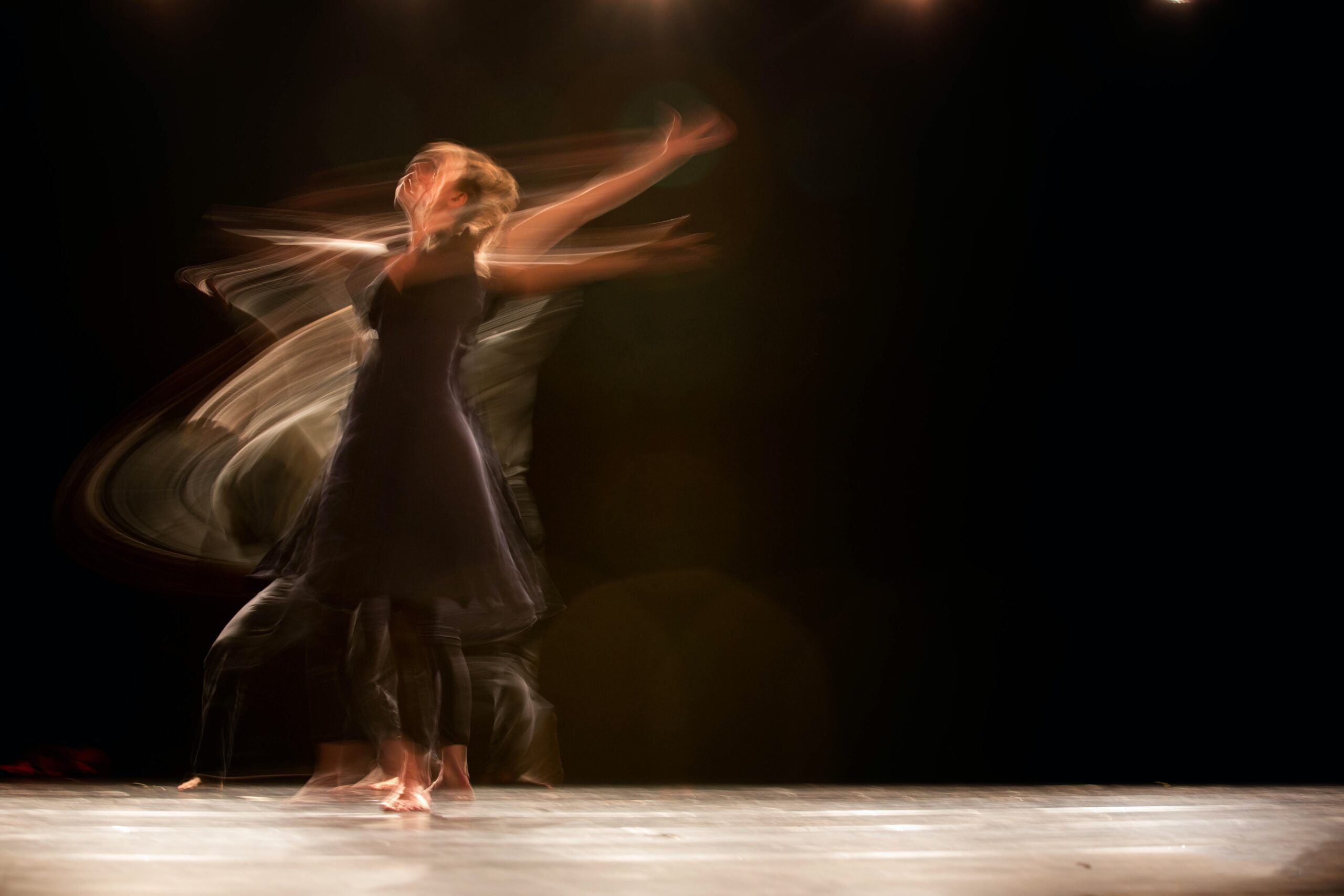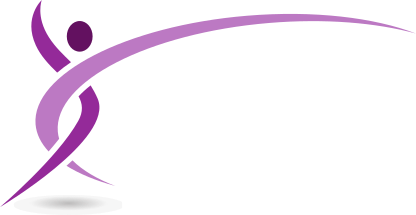
Dance & Movement Therapy
Psychotherapy has many models. Some of the most well know are talking therapies, however DMP, or Dance & Movement Psychotherapy is an embodied approach. In other words, movement is the means of communication and above all, the mind body connection is key. Science and clinical knowledge combine with art and creative process for total wellbeing. The combination of therapist, clients and setting all contribute to making each session unique.
The therapist may incorporate a variety of techniques and expressive modalities. For instance, she will engage empathically with her clients in a relational creative process. Additionally she may choose to use verbal methods too. Guiding and intervening in ways that best meet the needs of the group, she uses body movement and dance to address key areas. These areas of function might be emotional, cognitive, physical, social and spiritual (transpersonal).
The act of simply moving together in each other’s presence connects participants. In addition, DMP provides the therapeutic space to increase their awareness of the mind-body connection. It gives them the power to make decisions about the direction of the experience. One purpose of this embodied approach to therapy is to increase the participants’ experience of embodiment. It is hoped that they take with them into their everyday lives.
Movement In Mind group therapy sessions are free flowing and spontaneous. The movement element arises from the participants and what they are bringing to the session. In other words, there is no teaching of steps or routines. Similarly, our online sessions take the form of guided movement explorations. The therapist holds the space for participants as they reflect on their own feelings and emotions.
If you are interested in one to one personal therapy, please contact our therapist Shirley Brocklehurst to arrange an initial consultation
